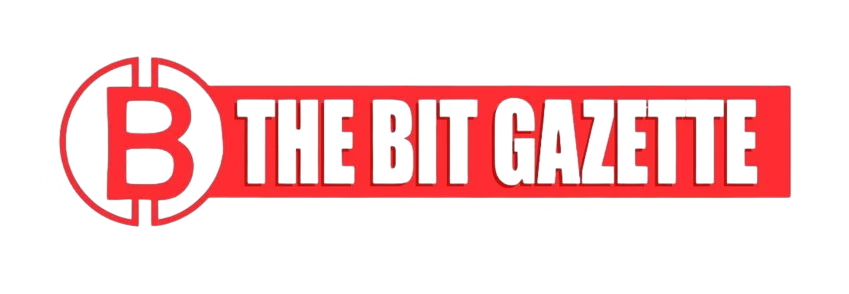FTX’s bankruptcy estate has withdrawn its controversial motion to restrict creditor payouts in 49 countries including China, Saudi Arabia, and Russia—but reserved the right to refile the proposal in the future.
The decision, made “without prejudice” in a Monday court filing, provides temporary relief for creditors representing approximately $380 million in claims while leaving open the possibility of renewed restrictions on international distributions.
FTX Recovery Trust Withdraws Motion—But Leaves the Door Open
The FTX restricted countries motion originally sought to prevent creditor distributions in what it described as “potentially restricted foreign jurisdictions.” These included markets such as China, which alone accounts for approximately $380 million in claims, along with Saudi Arabia, Russia, and Ukraine.
According to court filings, the FTX Recovery Trust intended to implement “restricted jurisdiction procedures” as part of its broader plan to repay creditors under U.S. law. However, mounting backlash from affected creditors forced the estate to rethink its strategy.
A spokesperson for the FTX Recovery Trust emphasized in the filing:
“If and when the FTX Recovery Trust seeks to renew the relief requested in the Motion, it shall file a new motion and provide notice in accordance with applicable rules.”
This leaves creditors in limbo, uncertain whether the FTX restricted countries motion might resurface once regulatory clarity improves in certain regions.
Global Creditors Celebrate—Cautiously
For many, the withdrawal of the FTX restricted countries motion feels like a rare win in the ongoing FTX bankruptcy saga. Dozens of international creditors took to X (formerly Twitter) to voice cautious optimism.
Weiwei Ji, a Chinese creditor known online as “Will,” posted:
“This is a victory for all potentially affected creditors. But until you receive the compensation you’re owed, stay vigilant and keep acting together.”
Ji was among the more than 70 creditors who filed formal objections to the FTX restricted countries motion, warning that its approval could set a precedent limiting payouts in future crypto bankruptcies. His warning still stands — while the motion is gone for now, it may return under new terms.
When the FTX restricted countries motion was first filed in July, it triggered widespread criticism from both legal experts and creditors. Many argued it represented a form of discrimination against creditors based solely on geography.
Sunil Kavuri, one of the most vocal creditor representatives in the FTX case, told his followers on X:
“The FTX restricted countries motion isn’t just about this case—it could set a dangerous precedent that undermines trust in the global crypto ecosystem.”
Kavuri’s concerns echoed across crypto communities worldwide, where many saw the move as a test case for how courts may handle jurisdictional crypto recovery disputes in the future.
Legal Experts Weigh In – FTX Restricted Countries Motion
Legal analysts suggest the FTX estate may have pulled back the FTX restricted countries motion to avoid prolonged litigation and reputational damage. “The estate likely recognized that enforcing a geographically selective payout structure would have invited international regulatory scrutiny,” said Daniel Franks, partner at law firm Norton Rose Fulbright, in an interview with Bloomberg Law.
He added, “With crypto bankruptcies now under a global microscope, FTX’s every move carries significant implications for creditor fairness and cross-border compliance.”
The FTX restricted countries motion was initially tied to nearly $380 million in claims from Chinese creditors alone, with other jurisdictions contributing smaller—but still significant—sums. The estate’s plan to pay creditors in fiat rather than crypto has also been a sticking point.
As creditor advocate Sunil Kavuri highlighted on Sunday:
“FTX creditors are not whole. The 143% repayment in fiat doesn’t reflect true losses in crypto terms.”
His remarks underscore growing frustration among investors who believe fiat repayments undervalue their original digital holdings, particularly given Bitcoin’s and Ethereum’s strong price rebounds since FTX’s collapse.
What’s Next for FTX Creditors
While the withdrawal of the FTX restricted countries motion provides short-term relief, the situation remains fluid. Industry observers believe the Trust could refile a revised motion once it develops clearer frameworks for dealing with restricted jurisdictions.
Until then, affected creditors are advised to monitor developments closely. The FTX estate has stated that it remains committed to “maximizing value and ensuring equitable distributions,” but many fear that future filings could once again reignite jurisdictional disputes.
The temporary withdrawal of the FTX restricted countries motion signals progress—but not closure. For now, global creditors can breathe easier, though uncertainty lingers. As the FTX bankruptcy case continues, its handling of international claims could reshape how future crypto insolvencies are managed worldwide.











